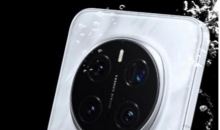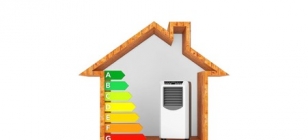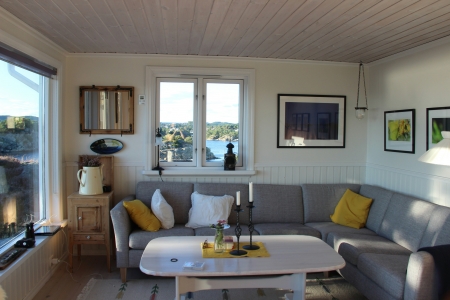Your Introduction to Tankless Water Heaters
Nov 11, 2017 19:12
Tankless Water Heaters are also called Instant Water Heaters, and Point of Use Water Heaters. These appliances heat up water only when needed. Unlike traditional heaters which can hold 40 to 80 gallons of water, these units can instantly heat water.
These units can be expensive as compared to traditional heaters, but they use less energy, take less space and instantly heat up water. In other words, these prove to be cost saving in the long run.
They consume less energy and have twice the lifespan of traditional water heaters. There are two types of tankless water heaters, and they are described below:
Point of Use
These are small and can fit easily in any space. They are mostly placed on kitchen sin and other areas where you need to heat water. If you use more than one point of use water heater, you can eventually save your electricity bills.
Whole House
This unit can instantly heat up water in different areas, including dishwasher, shower, etc.
Sizing
Sizing is based on needed temperature and flow rate. The flow rate is the amount of water required at any given time. Temperature rise is a difference of the temperate of water coming, and temperature of water flowing through the faucet. If the temperature of the water coming into your home is 60 degrees, the water from faucet should be around 120 degrees.
Cost of Installation
The Installation costs can be different depending on the following factors:
- Venting Needs
- Plumbing Connections
- Location
- And others
Plumbing lines have to be changed. Instant water heaters feature powerful burners which need a large gas line. In some cases, owners prefer to have these units installed outside of their home. This takes care of the venting issue and keeps initial outlay in check.
How does a Tankless Heater work?
These heaters work by directly heating the water when switched on. These are not like traditional water heaters which feature a storage area. Tankless have no storage tanks, and there is no standby heat loss. Buyer's guide to tankless water heaters This is a basic issue with traditional water heaters. Tankless Water heaters have no standby temperature loss, and this is one of the reasons why people prefer these over traditional ones.
Both Point of Use, and Whole House system work in the same work. Cold water enters the unit and is heated by the heat exchanger. This is switched on by a flow activated switch. The heat exchanger is electric resistance heating coils. There are three basic difference variables you need to consider:
- Volume of water unit needed to heat is measured as flow rate in GPM
- Temperature of Cold Water in unit
- Temperature of hot water exiting your unit
- Your Desired Temperature
Groundwater Temperature
Apart from the number of fixtures you are served by a tankless system, you have to consider the current temperature of groundwater. Just search the current temperature of groundwater, and you will find an exact figure based on your geography. This temperature plays a key role inconvenient experience with







































































